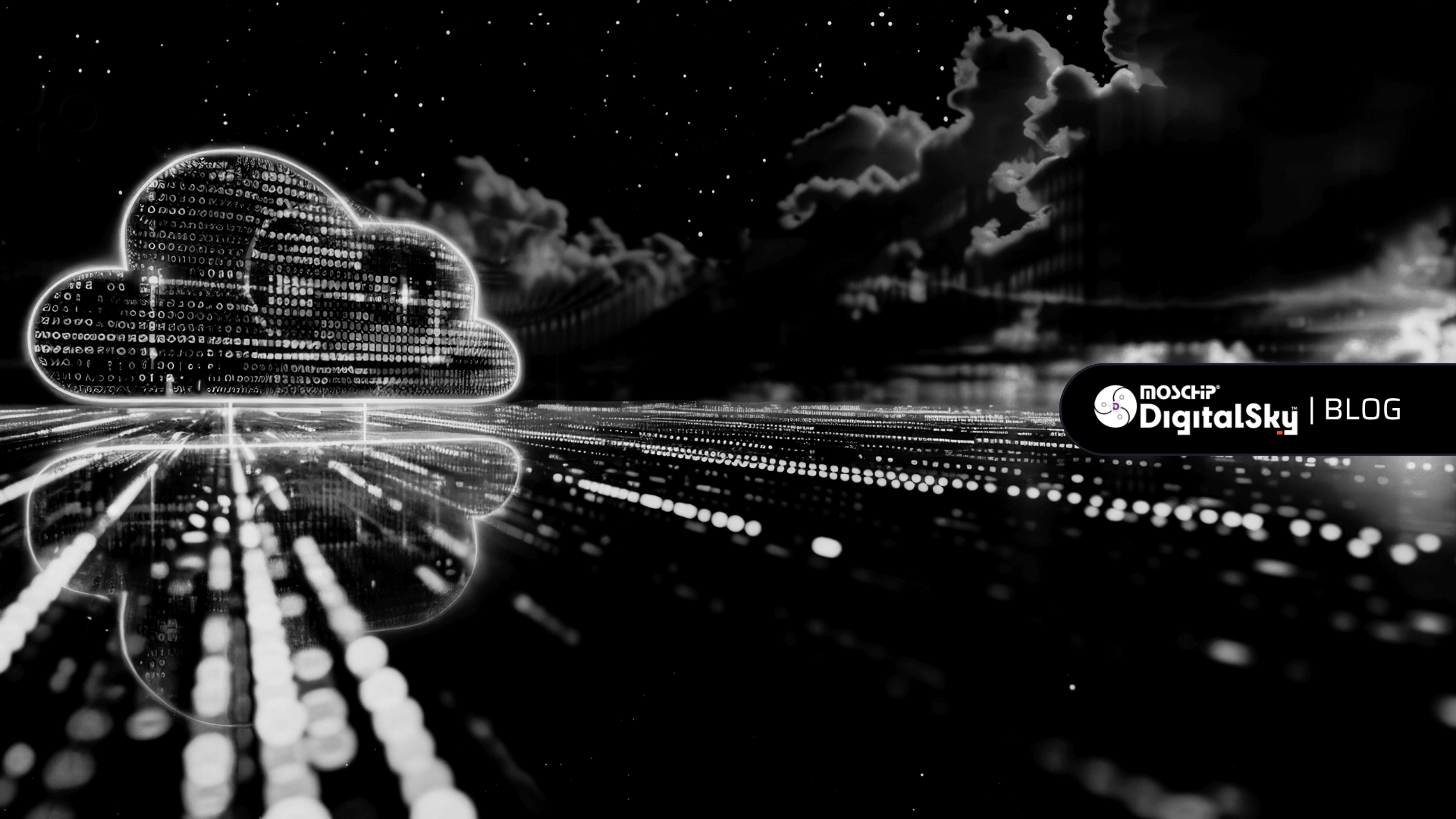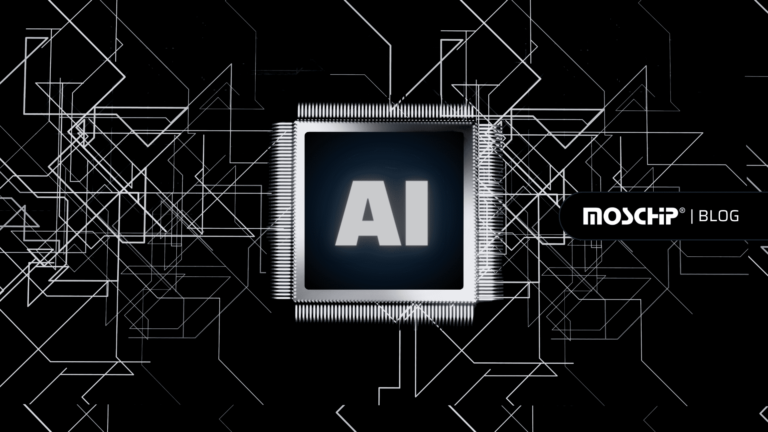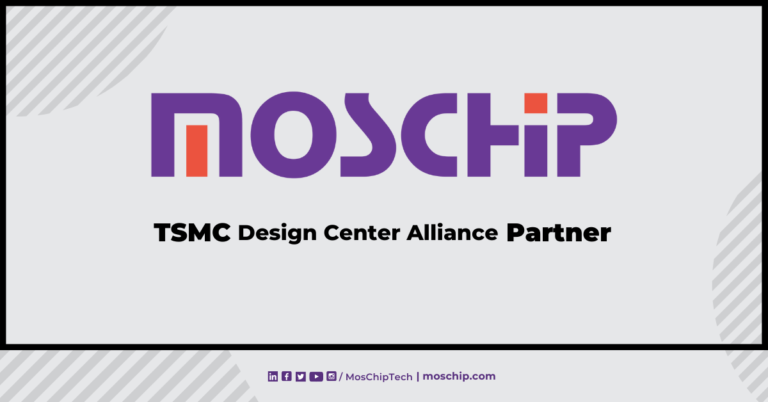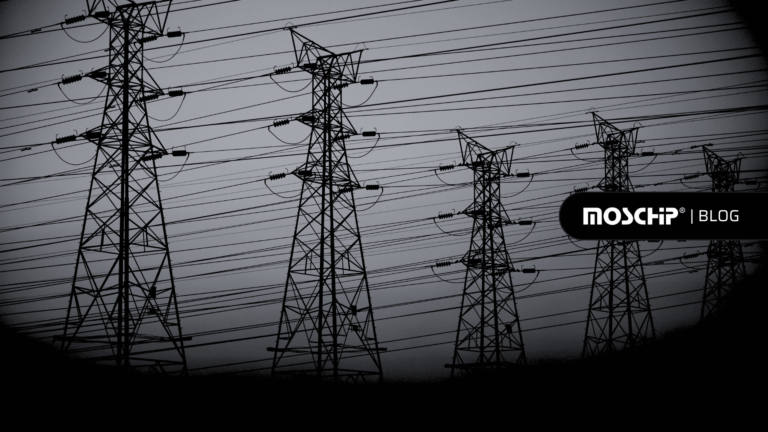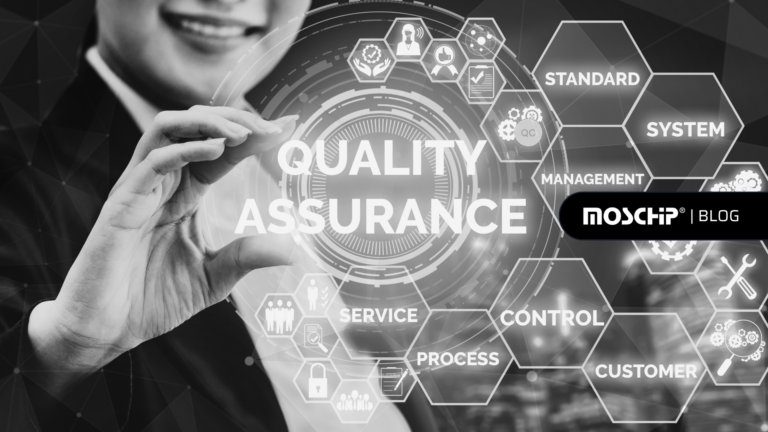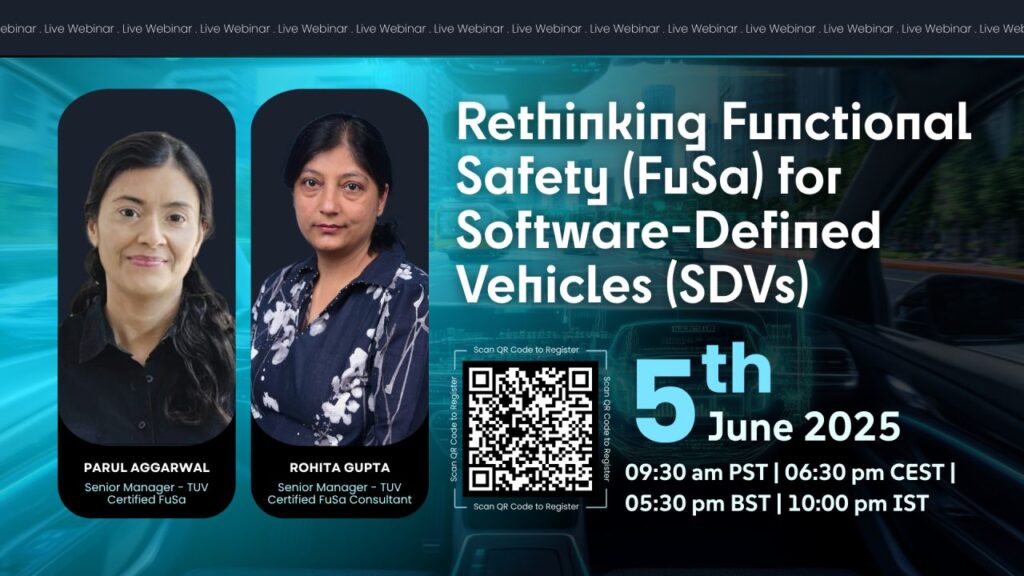How data modernization is empowering organizations to harness their full potential?
In today’s time where data is frequently compared to the “new oil”, it is crucial for businesses to adjust their methods of managing data. Previously, the traditional systems that have been the foundation of organizational operations are now struggling to keep up with the increasing volume, speed, and variety of data. The rising complexity is causing a major challenge for businesses to keep up and extract useful information quickly, thus limiting their capacity to make informed decisions.
Data modernization includes strategically updating and optimizing data systems to improve performance, scalability, and insight generation. This surpasses simple technological advancement, requiring a basic reassessment of how data is stored, processed, and retrieved. Failing to update data systems can result in inefficiencies, slow decision-making, and missed chances. In this article, we will explore the fundamental elements of data modernization and show how it enables organizations to harness their complete capabilities.
Key components in driving Data Modernization
- Data Engineering: The Backbone of Modern Data Systems
Data engineering is the foundation of any successful data modernization project. It plays a crucial role in establishing the architecture required for seamless data flow, storage, and processing. Strong data pipelines, data warehouses, and data lakes ensure that data is collected, processed, and made available for real-time analytics, improving operational efficiency and decision-making capabilities.
Modern data engineering practices focus on scalability, reliability, and performance. Technologies like Apache Spark, Apache Kafka, and cloud-based data platforms (e.g., AWS Redshift, Azure Synapse Analytics) are commonly used to handle large volumes of data and ensure that data systems can grow with organizational needs. - ETL: The Art of Transforming Data
Once a strong data infrastructure is in place, the ability to transform raw data into usable insights is pivotal. ETL, or Extract, Transform, Load, is a go-to process in data modernization. It involves extracting data from various sources, transforming it into a suitable format for analysis, and loading it into a data warehouse or data lake. ETL processes are vital for ensuring that the data is accurate, consistent, and ready for analysis.
In modern data architectures, ETL processes are evolving to meet the demands of real-time data processing and advanced analytics. This evolution includes the adoption of ELT (Extract, Load, Transform) approaches, where data is first loaded into a staging area before transformation. This allows for greater flexibility and scalability, particularly when dealing with large datasets and complex transformations.

Process of Data Modernization
- Data Mesh: Decentralizing Data Ownership
Data mesh introduces a modernized approach to data management that advocates for a decentralized approach to data architecture. Unlike traditional data architectures, which centralize data ownership and management, data mesh promotes a distributed model where different teams or business units own and manage their data domains.The core principles of data mesh include treating data as a product, assigning data product owners, and creating self-serve data infrastructure. This approach allows organizations to scale their data operations more effectively, as each team can manage its data lifecycle while adhering to overarching governance and quality standards. - DataOps: Scaling Data Management with Efficiency
DataOps is an approach that combines data engineering, data management, and operational practices to improve the efficiency and agility of data operations. It is inspired by DevOps practices and aims to streamline data processes, improve collaboration, and ensure continuous delivery of data insights.
DataOps focuses on automating and optimizing data pipelines, improving data quality, and fostering collaboration between data engineers, analysts, and business users. By integrating practices such as continuous integration, continuous deployment, and monitoring into data workflows, DataOps helps organizations manage data at scale more effectively and efficiently. - Data at Scale: Meeting the Demands of Growing Data
As organizations generate and collect more data, managing data at scale becomes increasingly important. Modern data architectures must be capable of handling vast amounts of data while ensuring performance, reliability, and security.
Key strategies for managing data at scale include leveraging cloud-based data platforms that offer scalable storage and compute resources, implementing distributed data processing frameworks, and employing data partitioning and sharding techniques. These strategies ensure that data systems can handle growing volumes of data and continue to deliver valuable insights. - Live Data Analytics: Real-Time Insights
To create a data-focused business environment, it’s crucial to be able to quickly process and analyze data. Real-time data analytics allows organizations to gain immediate insights from data as it’s created, enabling fast decision-making and flexible responses to changing situations.
Technologies such as Apache Kafka for real-time data streaming and platforms like Azure Stream Analytics or AWS Kinesis facilitate live data analytics. These tools enable organizations to monitor live data feeds, detect anomalies, and gain actionable insights in real-time, enhancing their ability to adapt and innovate.
To summarize, data modernization involves a comprehensive and multifaceted transformation that extends beyond mere technological upgrades. It encompasses a fundamental redefinition of how organizations utilize the power of data to drive growth and innovation. By proactively adopting new-age technologies and trends, businesses can gain the ability to unlock new sources of value, cultivate a culture of ongoing innovation, and maintain a competitive edge within an increasingly data-centric scenario. As we look ahead into the future, the agility and capacity to innovate with data will evolve as indispensable prerequisites for success in the ever-changing digital era.
Moschip Technologies specializes in leveraging Azure and AWS IoT PaaS components to build scalable IoT solutions. We design and deliver MCU, FPGA powered intelligent devices connected to both Azure Cloud and AWS Cloud. Our expertise includes deploying AI/ML models at the edge with inference. We also hold in-depth capabilities of Azure and AWS blueprints and following best practices. Choose MosChip as your digital transformation partner for building connected and intelligent enterprises.

